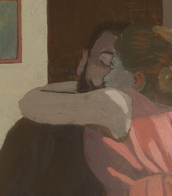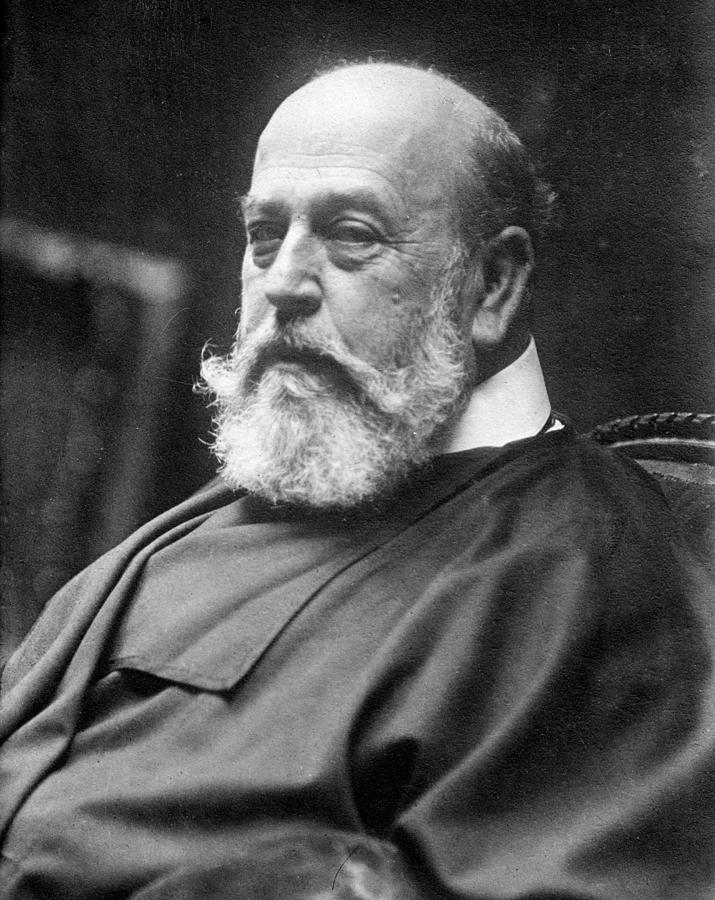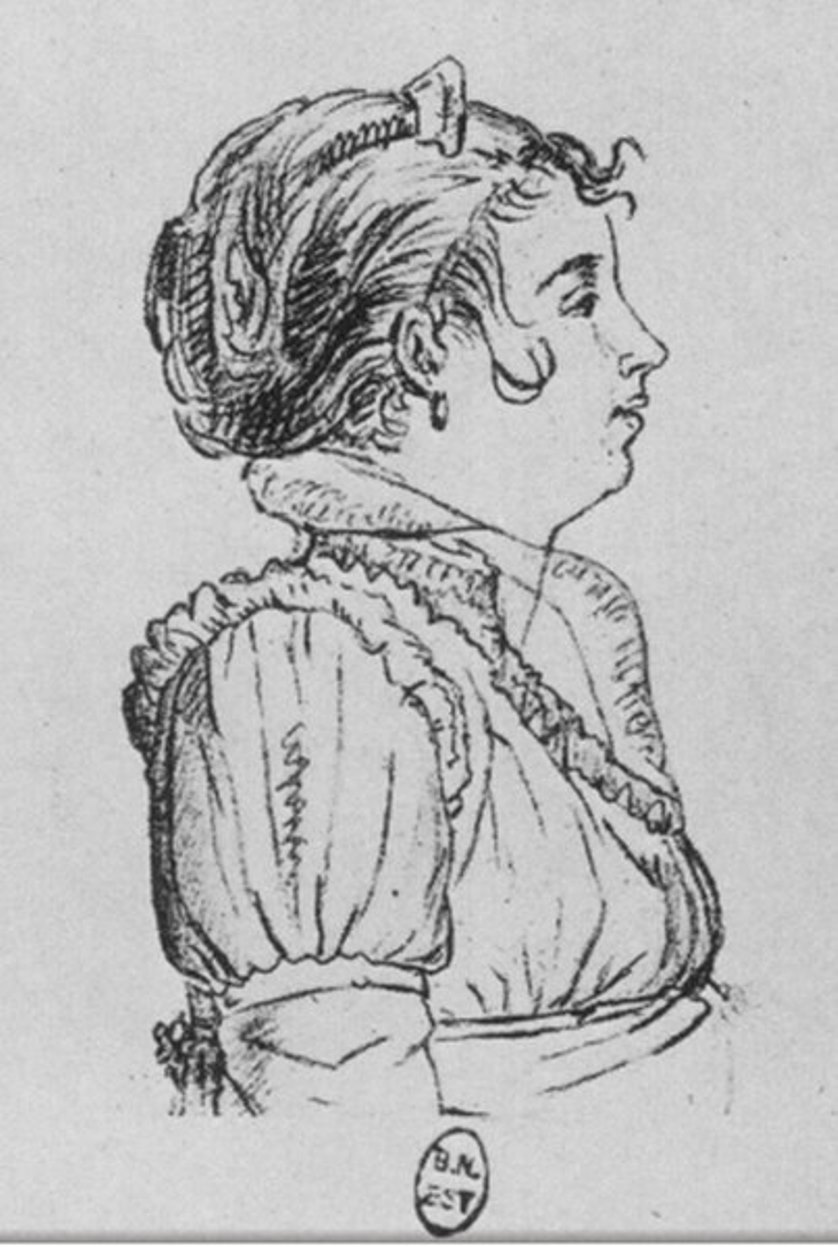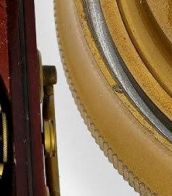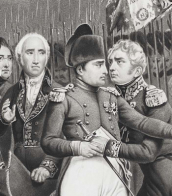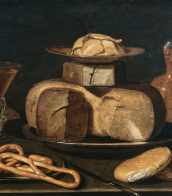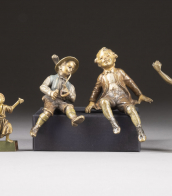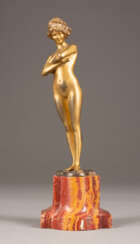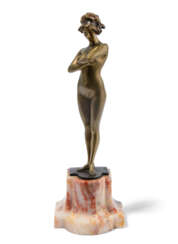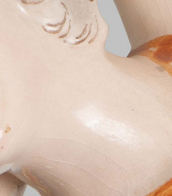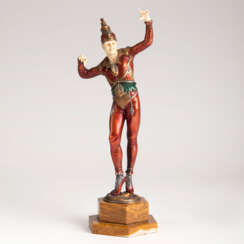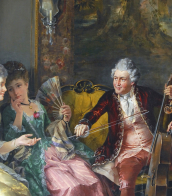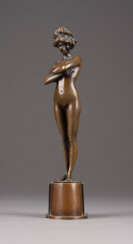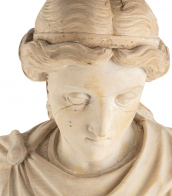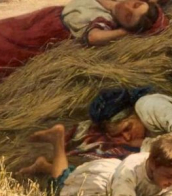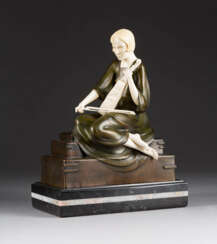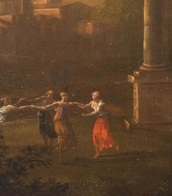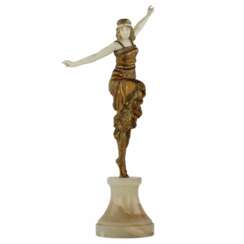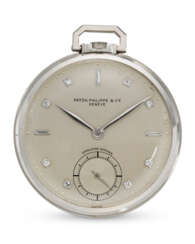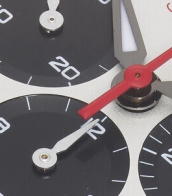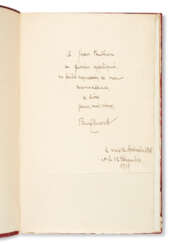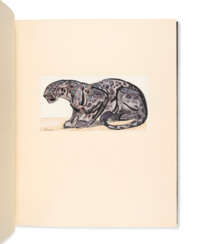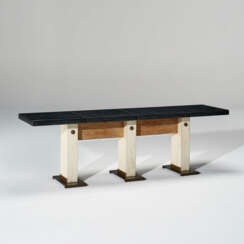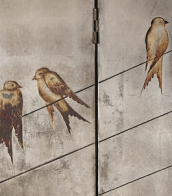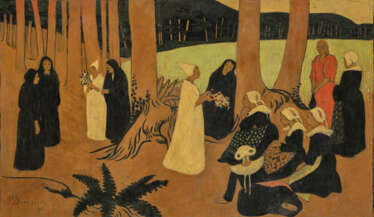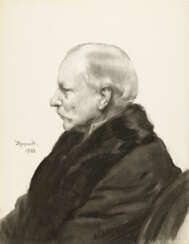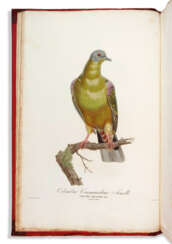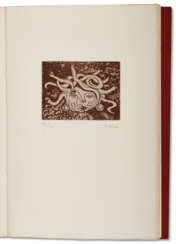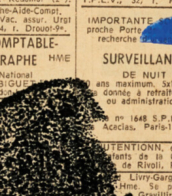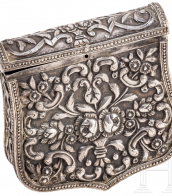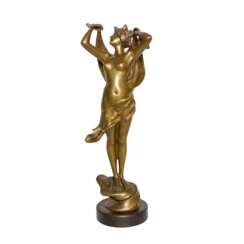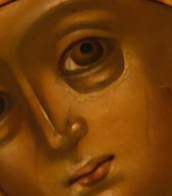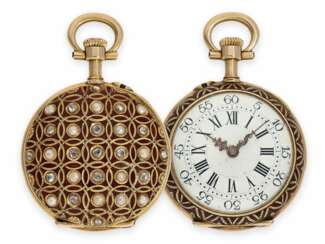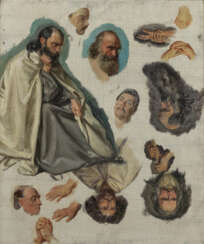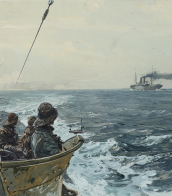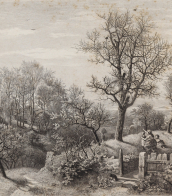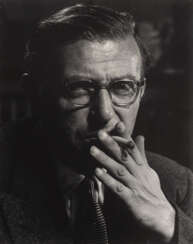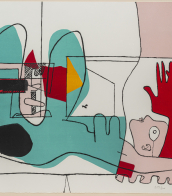paul philippe
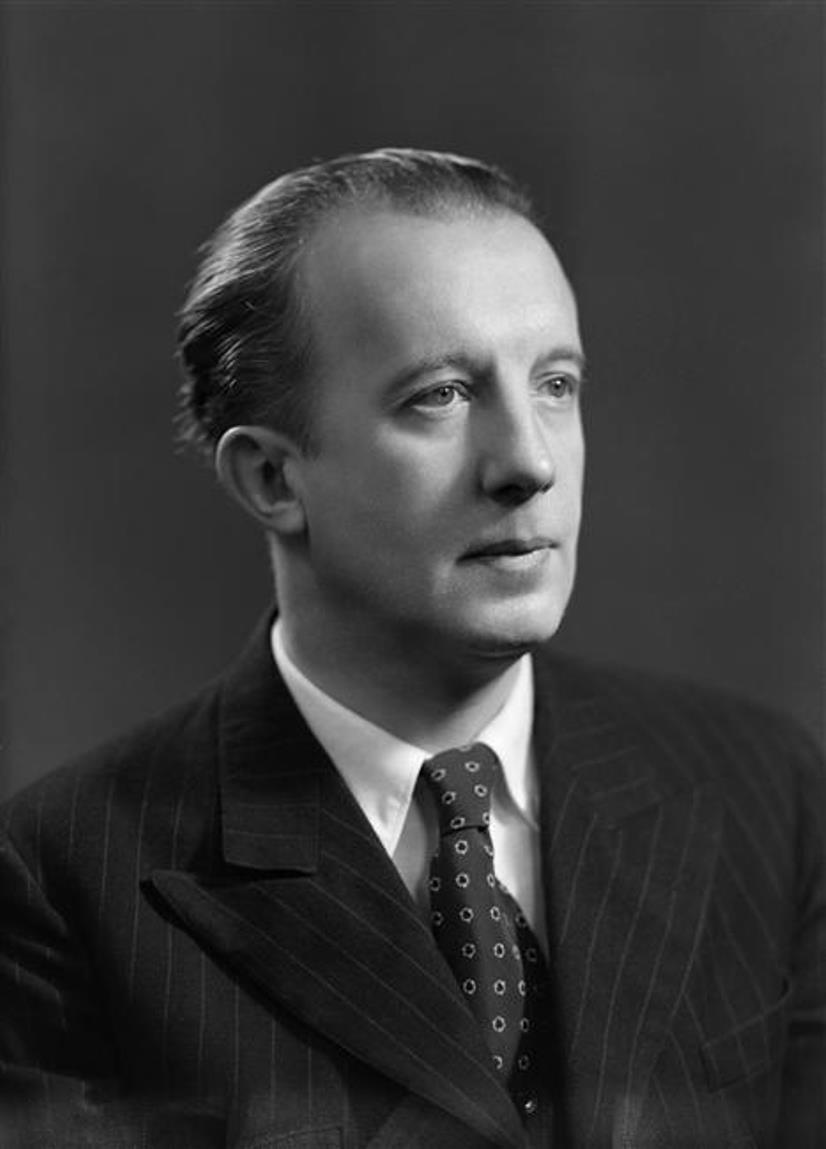

.jpeg)
Jean Dunand was a Swiss and French painter, sculptor, metal craftsman and interior designer during the Art Deco period. He was particularly known for his lacquered screens and other art objects.
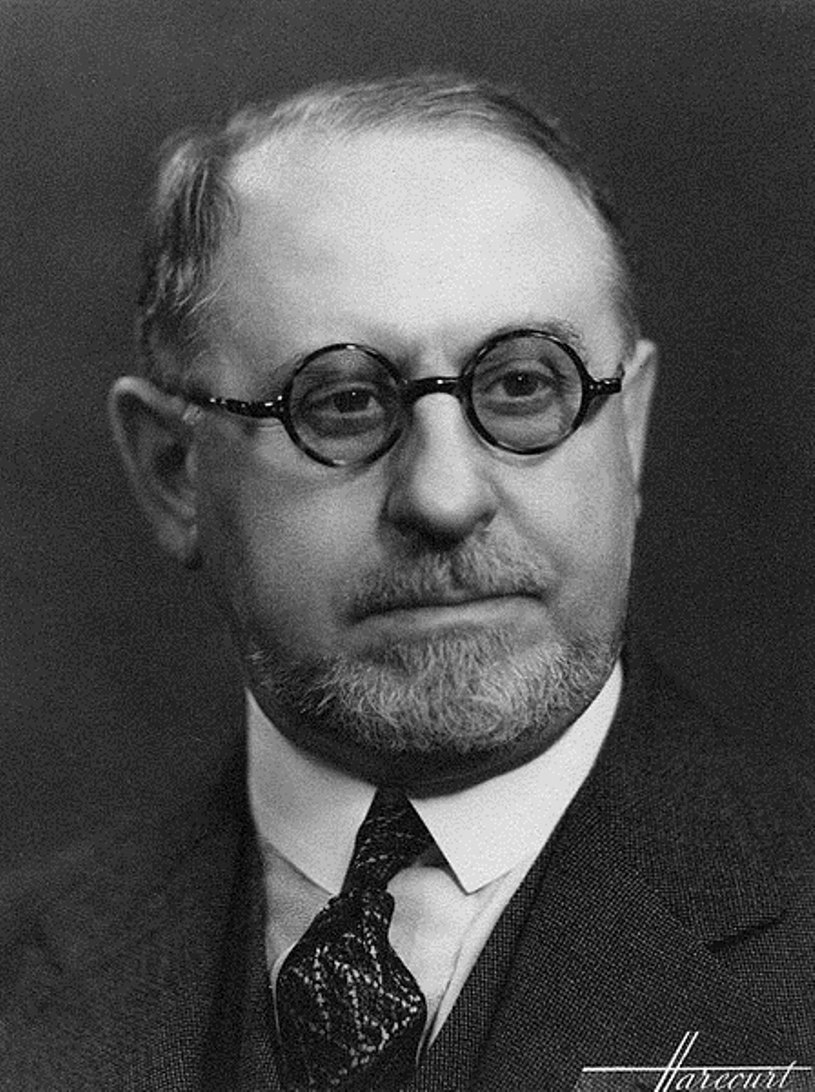
Pierre Paul Jouve was a French painter, sculptor and illustrator.
Paul was the son of painter and ceramicist Auguste Jouve, as a child he frequented the Jardin des Plantes and the Musée de la Histoire Naturelle de Paris and drew wild cats, which he fell in love with throughout his life. He entered the École des Arts Décoratifs and then the École des Beaux-Arts, exhibiting at the Salons from the age of 16. As part of the World Exhibition in 1900, Zhuv was commissioned by the architect René Binet to create a hundred-meter bas-relief frieze depicting wild animals.
In 1905, Marcel Bing organized the first solo exhibition of Paul Jouve, which featured 64 of his works. In 1907 Juve lived at the villa of French artists Abd el-Tif in Algeria, then went to Greece. After World War I he traveled to the Far East, visiting Ceylon, Saigon in the French colony of Cochinchin (now Vietnam), and Phnom Penh in Cambodia. He then explored the jungles of Africa. Paul Jouve became widely known for his paintings and sculptures depicting the animals of Africa. He was the first recipient of the Abd el-Tif Prize in 1907 and then the Indochina Prize in 1921.
Today, Paul Jouve is best remembered for his depictions of big cats and his illustration of an edition of Rudyard Kipling's The Jungle Book in collaboration with engraver F.L. Schmid (1873-1941), which was published in 1919. Juve became a director of the Society of Decorative Artists, and he was elected a member of the French Academy of Fine Arts in 1945. Throughout his long life, the artist continued to travel. He visited the United States and Bermuda, which inspired a panel entitled Poisson, which is now in the collection of the Museum of Fine Arts in Reims.
Paul Jouve died in his studio in Paris in 1973 at the age of 95.

Pierre-Philippe Thomire a French sculptor, was the most prominent bronzier, or producer of ornamental patinated and gilt-bronze objects and furniture mounts of the First French Empire. His fashionable neoclassical and Empire style furnishing bronzes (bronzes d'ameublement) established the highest standard in refined finish in the craft that the French called that of the fondeur-ciseleur, "founder-finisher".


Pierre Paul Jouve was a French painter, sculptor and illustrator.
Paul was the son of painter and ceramicist Auguste Jouve, as a child he frequented the Jardin des Plantes and the Musée de la Histoire Naturelle de Paris and drew wild cats, which he fell in love with throughout his life. He entered the École des Arts Décoratifs and then the École des Beaux-Arts, exhibiting at the Salons from the age of 16. As part of the World Exhibition in 1900, Zhuv was commissioned by the architect René Binet to create a hundred-meter bas-relief frieze depicting wild animals.
In 1905, Marcel Bing organized the first solo exhibition of Paul Jouve, which featured 64 of his works. In 1907 Juve lived at the villa of French artists Abd el-Tif in Algeria, then went to Greece. After World War I he traveled to the Far East, visiting Ceylon, Saigon in the French colony of Cochinchin (now Vietnam), and Phnom Penh in Cambodia. He then explored the jungles of Africa. Paul Jouve became widely known for his paintings and sculptures depicting the animals of Africa. He was the first recipient of the Abd el-Tif Prize in 1907 and then the Indochina Prize in 1921.
Today, Paul Jouve is best remembered for his depictions of big cats and his illustration of an edition of Rudyard Kipling's The Jungle Book in collaboration with engraver F.L. Schmid (1873-1941), which was published in 1919. Juve became a director of the Society of Decorative Artists, and he was elected a member of the French Academy of Fine Arts in 1945. Throughout his long life, the artist continued to travel. He visited the United States and Bermuda, which inspired a panel entitled Poisson, which is now in the collection of the Museum of Fine Arts in Reims.
Paul Jouve died in his studio in Paris in 1973 at the age of 95.

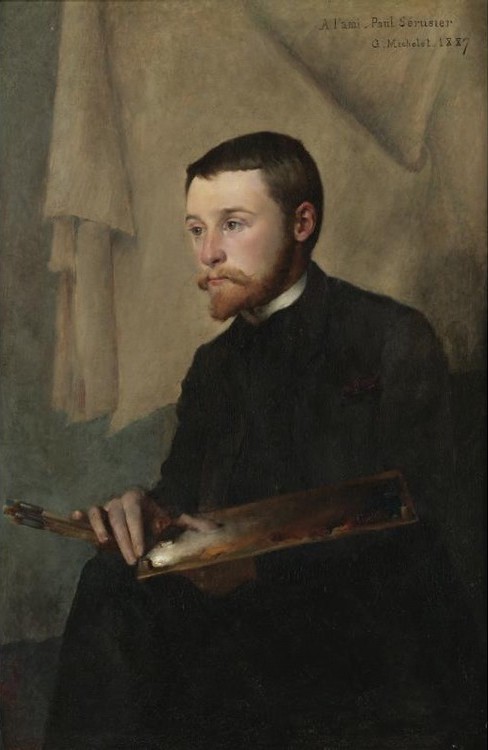
Paul Sérusier was a French Post-Impressionist painter and theorist, notable for his significant contributions to the art movement known as the Nabis. Born in Paris on November 9, 1864, Sérusier's work is characterized by its expressive use of color and pattern, inspired by the techniques of Paul Gauguin. He is best known for his exploration of color, sensation, and abstraction, particularly evident in works like "Le Talisman, the Aven River at the Bois d'Amour" (1888). This painting marks a departure from the Impressionists' more faithful representation of observed reality, focusing instead on translating sensations onto the canvas with vibrant brushstrokes and an emphasis on emotional expression over visual accuracy.
Sérusier's paintings often feature the landscapes and people of Brittany, notable for their contemplative mood achieved through firm contours and blocks of unmodulated color. His style evolved under the influence of Synthetism and Cloisonnism, favoring flattened forms and large swathes of color, as seen in "Farmhouse at le Pouldu" (1890). This approach reflects a decorative organization of objects, emphasizing the craft and execution of the scene.
Some of Sérusier's notable works are housed in prestigious museums such as the Musée d'Orsay in Paris, including "Portrait of Paul Ranson in Nabi Costume" (1890) and "Landscape" (1912). His legacy extends beyond his own artworks; he was a key figure in the formation of the Nabis movement, and his theoretical contributions have had a lasting impact on the art world.
For collectors and experts in art and antiques, Sérusier's work represents a unique blend of post-impressionist and symbolist styles, making his pieces highly valued both for their historical significance and their aesthetic appeal. To stay updated on new product sales and auction events related to Paul Sérusier, sign up for our updates. This subscription service is exclusively focused on providing information related to Sérusier's work, ensuring you remain informed about opportunities to acquire pieces by this influential artist.
